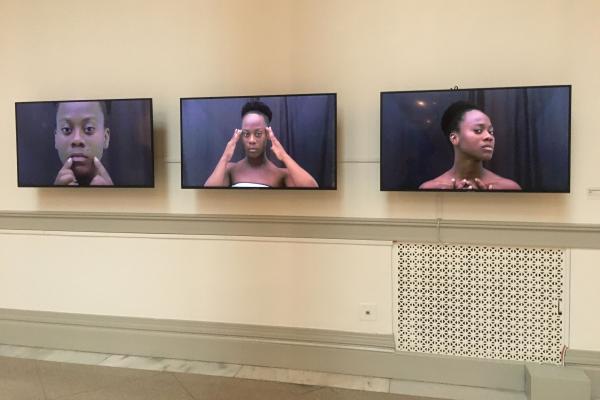Feb 27, 2020
When who you are has been defined by outside representatives, to keep from slipping away you have to grasp onto what is tangible, what is real, what you know to be you. There is a consistent reconciliation of self, from you to your audience, you to your work, and you to yourself.
Read the Full Article

Already a subscriber? Login
